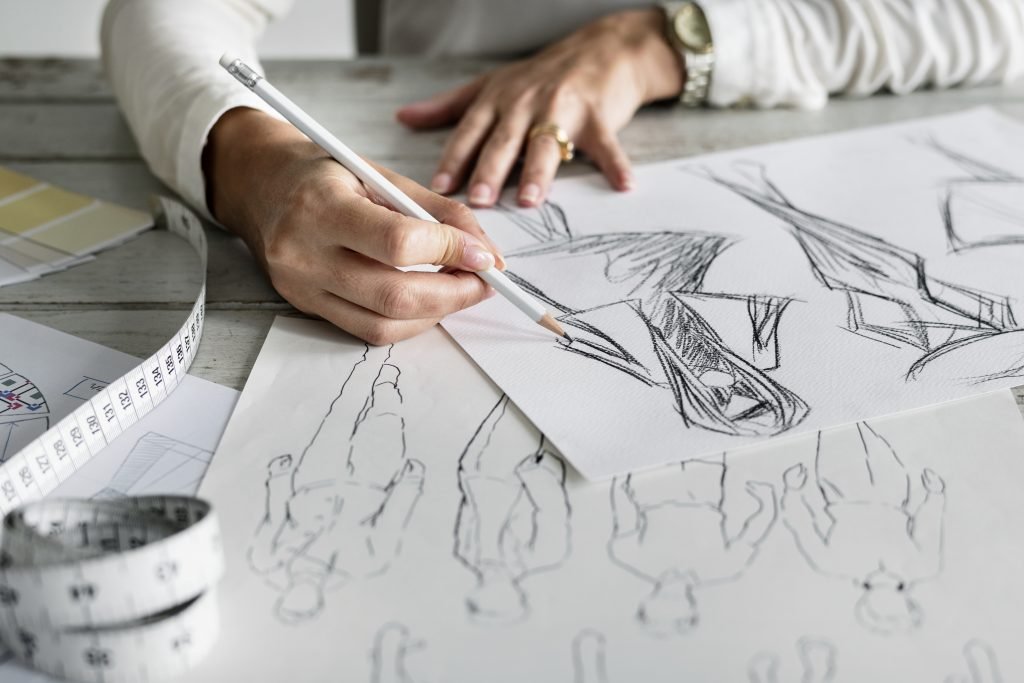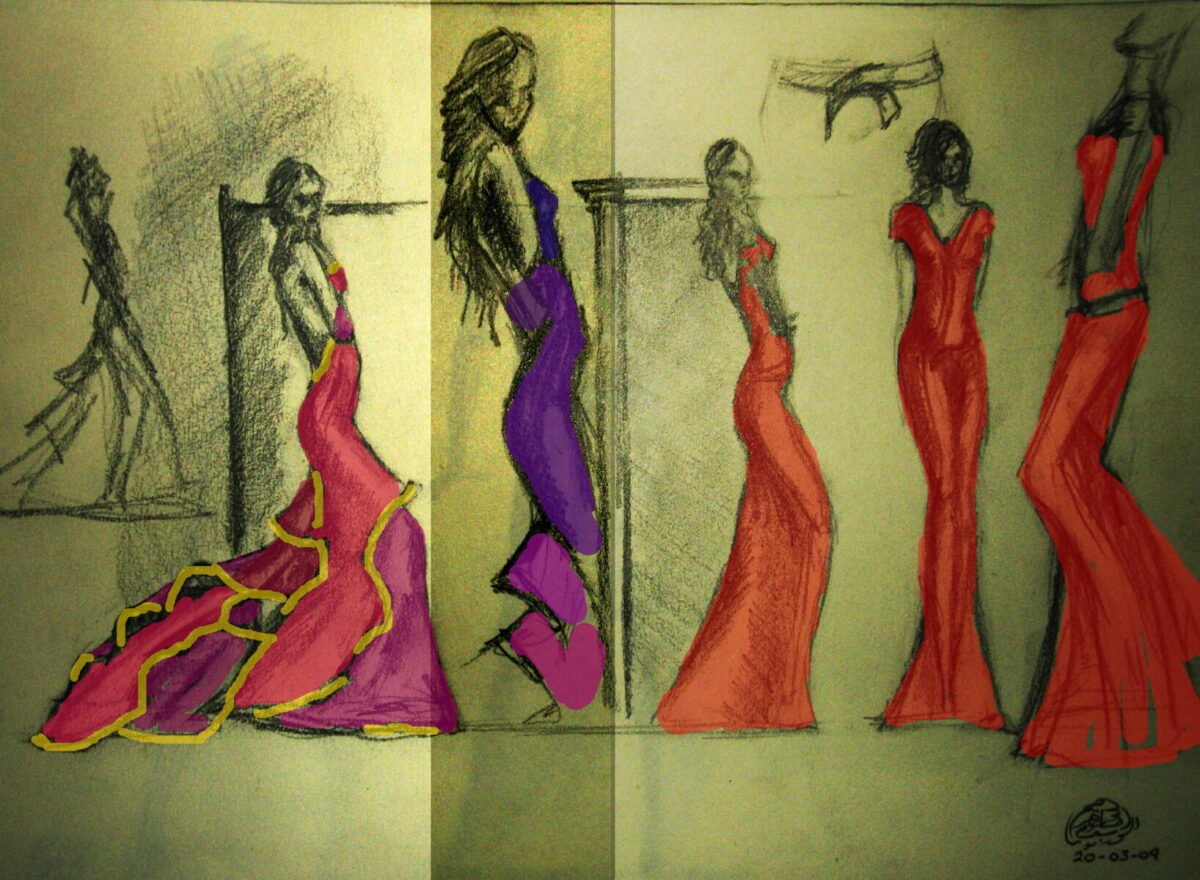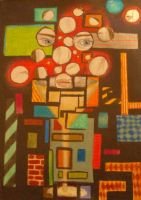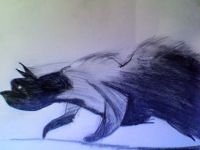Sketchbooks in the Real World of Fashion
In the ever-evolving fashion industry, creativity drives innovation and designs that shape global trends. Fashion sketchbooks are among the myriad tools used by designers, and they stand out as indispensable. These humble yet powerful tools bridge the gap between imagination and reality, serving as the canvas for ideas, concepts, and designs that breathe life into fashion collections. Exploring sketchbooks in the real world, particularly within the realm of fashion, showcases their importance in sparking inspiration, refining concepts, and shaping the visual language of an industry rooted in artistry.
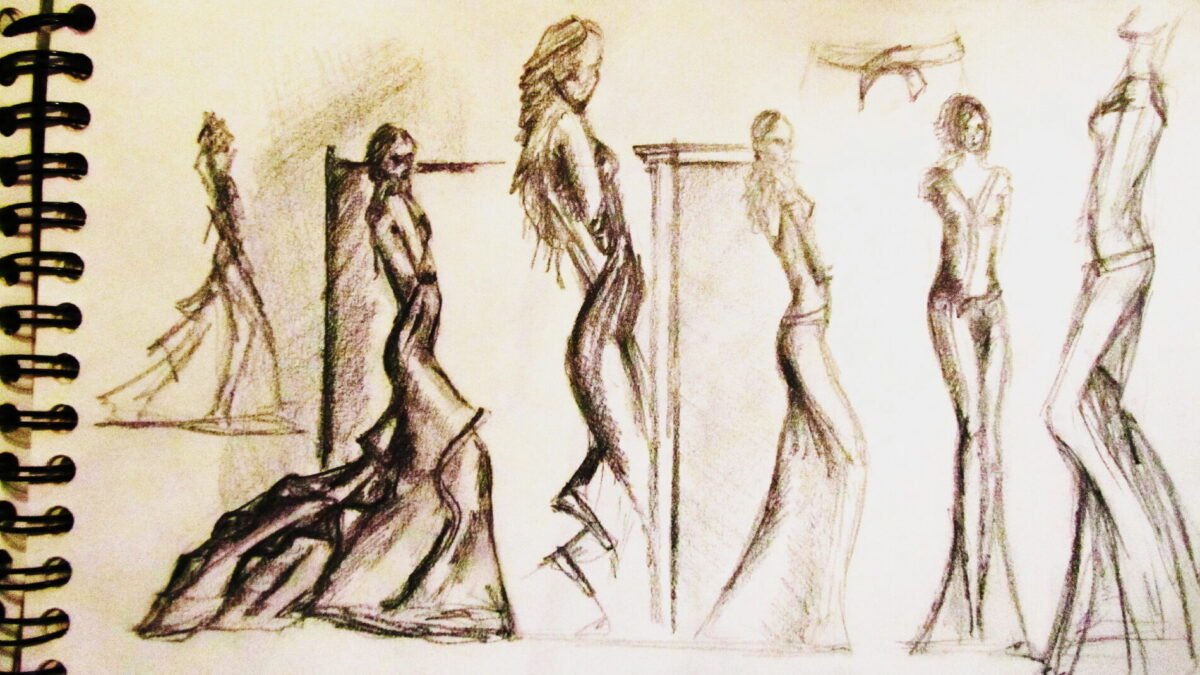
credit: HADIDI
The Role of Sketchbooks in Fashion Design
Sketchbooks are more than just books filled with doodles—they’re dynamic records of ideas, explorations, and the design process. In the fashion industry, sketchbooks embody the designer’s journey, capturing the progression from abstract inspiration to tangible artistry.
Why Sketchbooks Are Essential in Fashion
- Idea Development: Sketchbooks provide a safe space for designers to experiment, refine, and evolve their ideas.
- Creative Exploration: They allow designers to explore materials, silhouettes, patterns, and styles without limitations.
- Visual Communication: As concepts take shape in sketchbooks, they become tools for sharing ideas with colleagues, teams, or clients.
- Trend Forecasting: Designers use sketchbooks to integrate mood boards, color palettes, and inspirational imagery, helping them stay ahead in predicting trends.
Real-World Applications of Sketchbooks in Fashion
Sketchbooks are pivotal across various phases of the fashion design process. They serve as repositories for creativity and practical tools for innovation.
Concept Creation and Mood Development
Fashion designers often begin a project by brainstorming within their sketchbooks.
- Mood Boards: Collage clippings, fabric swatches, and color palettes create a visual representation of the design mood.
- Illustration and Doodles: Quick sketches capture the early sparks of inspiration, allowing designers to visualize ideas before refinement.
Sketches for Garment Design
From couture gowns to casual wear, sketchbooks are used to create preliminary designs.
- Silhouette Exploration: Designers experiment with shapes, drapes, and proportions to define the overall look of a garment.
- Pattern and Detail Testing: Intricate designs for prints, embroidery, and embellishments are tested within sketchbook pages.
Textiles and Material Integration
Sketchbooks help designers explore the relationship between textile choices and their designs.
- Fabric Concepts: Designers include fabric swatches or draw textures to visualize how materials influence the final design.
- Innovative Materials: Sketchbooks document experiments with unconventional or sustainable textiles.
Fashion Collections and Themes
Designers often use their sketchbooks to define and refine overarching themes for collections.
- Cohesive Narratives: Pages filled with interconnected ideas help designers weave a story throughout their designs.
- Seasonal Inspirations: Many sketchbooks focus on specific seasons, such as spring florals or winter tones.
How Sketchbooks Elevate the Fashion Process
Fashion sketchbooks bridge the gap between personal creativity and professional design strategies. Here’s how they add value to the design process in the real world:
Collaboration and Communication
Sketchbooks facilitate communication by translating abstract ideas into visuals that can be shared with teams, manufacturers, and clients.
- Design Teams: Sketchbooks allow seamless collaboration among designers, stylists, and technicians.
- Client Presentations: Concepts drawn in sketchbooks serve as preliminary designs presented to clients for feedback.
Creative Problem Solving
Sketchbooks encourage experimentation, helping designers address challenges such as material constraints or design limitations.
- Quick Adjustments: Rapid sketches allow for on-the-spot revisions.
- Innovative Techniques: Through trial and error, sketchbooks become tools for discovering innovative ways to resolve design issues.
Building Personal Style
Sketchbooks are where a designer’s unique voice emerges. They become a chronicle of creativity that informs future work and shapes individual aesthetic.
- Artistic Evolution: Sketchbooks document the growth and changes in a designer’s artistic approach.
- Signature Designs: Ideas that begin in sketchbooks often evolve into signature styles defining a designer’s career.
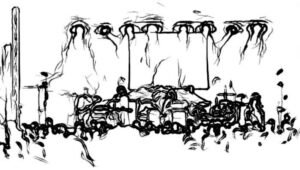
Sketchbooks.org | SUBJECT MATTER
Sketch Musicians and Bands Creatively
Capturing the energy of live music through sketching is a powerful way to blend visual art with sonic inspiration. Whether you're drawing a solo violinist mid-performance or a full rock band in rehearsal, sketching musicians...
Tips for Maintaining a Fashion Sketchbook
Every designer has a different approach to their sketchbook practice, but here are some tips to make the most of this essential tool:
Curate Materials and Tools
- Use high-quality sketchbooks that can handle multiple mediums, from pencil sketches to paint and collage.
- Keep a variety of tools nearby, including pencils, fine-liners, markers, and glue for mixed media.
Experiment Regularly
- Dedicate time to experimenting with textures, patterns, or unconventional themes.
- Push boundaries by creating sketches inspired by abstract ideas or everyday objects.
Document Inspirations
- Incorporate photos, quotes, and clippings into your sketchbook to act as touchstones for your designs.
- Use your sketchbook as a visual diary, documenting inspirations from travel, art, or cultural trends.
Organize Concepts
- Divide sketchbook pages into sections based on themes, collections, or design phases.
- Create tabs or markers for easy navigation through ideas.
Famous Designers and Their Sketchbook Practices
Many renowned designers have embraced sketchbooks as vital tools in their creative process.
- Alexander McQueen: Known for blending artistry and fashion, McQueen often sketched intricate designs reflecting bold concepts.
- Christian Dior: Dior’s sketches captured the elegance and femininity of his groundbreaking designs, many of which shaped global trends.
- Vivienne Westwood: With a penchant for subversion and bold choices, Westwood’s sketchbooks often showcased provocative ideas.
Sketchbooks as Legacy
For many designers, sketchbooks serve as archives of their legacy. These books are more than tools; they’re a testament to their creativity and influence in the real world.
Final Thoughts
Sketchbooks are indispensable in the fashion industry, bridging the gap between imagination and reality. Whether it’s drafting silhouettes, exploring textiles, or creating cohesive themes, sketchbooks in the real world become vessels for innovation. They allow designers to experiment freely, refine their concepts, and communicate their visions effectively—all while shaping the artistic expression of fashion.
Call to Action
Are you a designer or sketchbook enthusiast? Let’s celebrate the art of creativity in the fashion industry!
In the fast-paced world of fashion, sketchbooks remain timeless tools of inspiration, offering endless ways to explore, create, and innovate. Grab your sketchbook and start crafting your vision today!
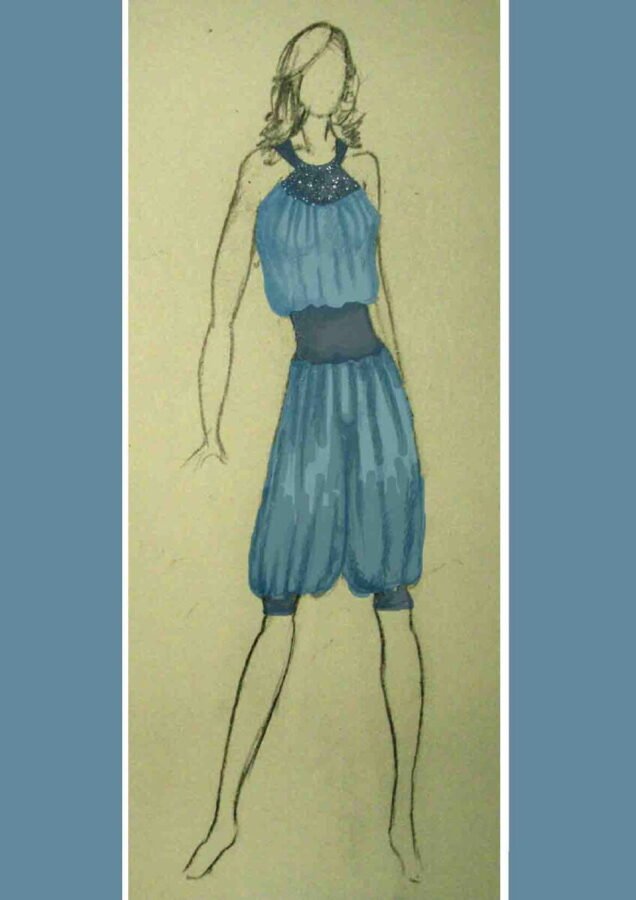
credit: HADIDI
Ready to Share Your Work?
